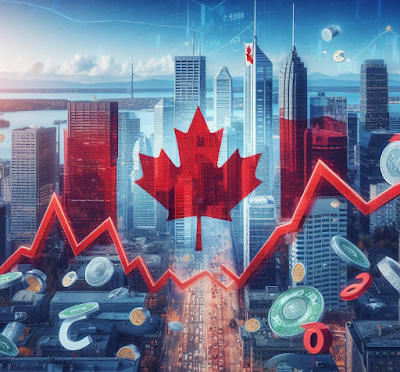Summary:
Populism-nationalism is not really a wave sweeping across the world.
Where it succeeded was where a center-right party in a two-party system embraced part of the populist agenda.
Center-right parties in Europe are not embracing key agenda for populist-naitonalist, but appear to be tacking to the right on domestic issues.
 The conventional narrative is that in the aftermath of the Great Financial Crisis, the economic and political elites in Europe and America are in dispute. They simply not delivered the goods, namely a rising living standard for a majority of people.
The conventional narrative is that in the aftermath of the Great Financial Crisis, the economic and political elites in Europe and America are in dispute. They simply not delivered the goods, namely a rising living standard for a majority of people.
A wave of populism-nationalism is sweeping across the world. It is at once a rejection of the liberal globalism that had been drifting toward the end point of a world government and crystallization of a new national identity.
There is an alternative scenario. The rise of populism-nationalism is really two responses to the economic and financial crisis.
The first response was the UK’s referendum to leave the EU and the election of Donald Trump as the US 45th President. These were not populist-national victories. These were the center-right party in essentially two-party system embracing the at least party of the populist-nationalist agenda. UKIP did not win. In fact, shortly before the June 2015 referendum, the Conservatives unexpectedly won a majority in the House of Commons.
In the US, the Republican Party initially resisted Trump’s insurgency candidacy, but later embraced it. This is different from what the Democrats did in 1972. Then the party nominated a left-wing populist George McGovern. The elites refused to support their party’s candidate, and he went down in flames to Nixon.
Europe has a different response. The populism-nationalism there is anti-EU and anti-immigration. The level of unemployment in the eurozone is nearly twice that in the US and UK. Austerity and the influx of immigrants are being blamed on both the distant Brussels elites and the domestic elites. Le Pen wants to preserve the social safety net for French citizens but thinks Brussels is preventing it.
In no European country is the center-right embracing the populist-nationalist parties. To the contrary, they are running against them, and no coalition is possible between say the French Republicans and the National Front or between Germany’s CDU and the AfD.
The most likely scenario is that in the three scheduled elections in the EMU this year (Netherlands, France, and Germany) the populist-nationalist alternative is defeated and is not represented in government. It is not clear how much sustained influence they will have on the national dialogues.
Trump has backed away from some of his more extreme international positions, like eschewing the one-China policy, citing China as a currency manipulator on day one and reducing its commitment to the NATO. Instead of pulling out of the World Trade Organization, the US Administration appears to be looking for ways go around its rules.
Now that the confirmation hearings are over, and the senior economic team is largely in place, examples of talking the dollar down are few and far between. Treasury Secretary Mnuchin is likely to be warned by many of his counterparts at the G20 meeting of finance ministers and central bankers in mid-March to avoid violating the arms agreement in the foreign exchange market: do not seek export advantage by talking the currency down, or making the dollar an object or target of policy.
It may also have to be explained that a strong dollar does not refer to any specific level. It does not mean that it is difficult to counterfeit, as former Treasury Secretary Jack Snow once suggested. It means that the US won’t use the dollar as a trade weapon or as a way to reduce its debt burden.
The dollar was at the center of Bretton Woods’ currency arrangement. It has also been the main reserve asset, one side of more than 90% of foreign exchange trades, and the currency that many commodities are priced and traded in the floating exchange rate era.
There are two broad scenarios that can change this. The first is a clear, viable, and compelling alternative. It does not exist today. Some had thought the euro could be it. It is not. The euro is the second most important currency on various metrics, but in many, like use as reserve assets, or turnover in the foreign exchange market, the dollar is more than twice as large. Some talk as if the Chinese yuan can rival the dollar. Perhaps one day, but it is not just years but decades off.
The second way the dollar can be dethroned is if the political and economic elite abdicate. The American First and the transactional/mercenary thrust does speak to the US pulling back from the sprawling reaches of the projection of its power. However, like the 1920s and 1930s that are harkened back to, the new American First is more about is more about unilateralism than isolationism.
The US under President Trump is changing its leadership style, but the liberal order is resilient, in good part because ultimately it is in the US (and many others’) interest. The trade-off may be the domestic issues become less liberal. The price of holding off the populist-nationalists in Europe also seems to be a shift to the right on domestic issues. The dollar remains numeraire.
Full story here Are you the author? Previous post See more for Next post
Tags: #GBP,#USD,$EUR,newslettersent





































